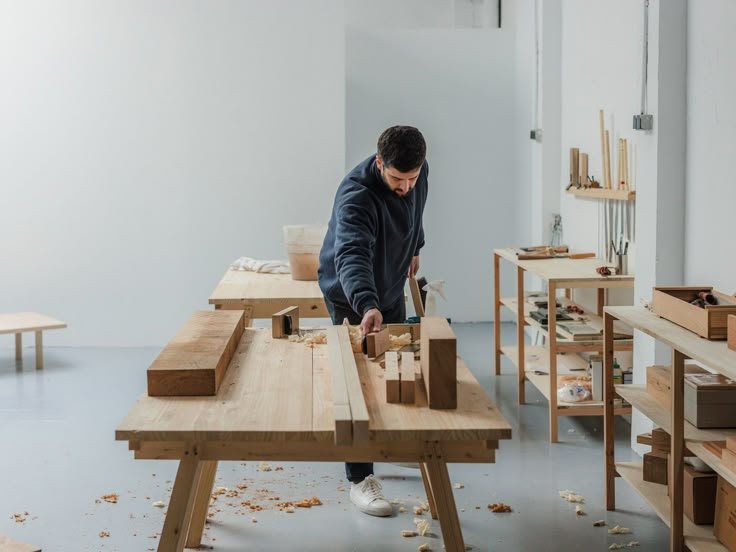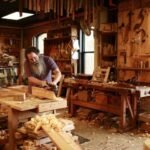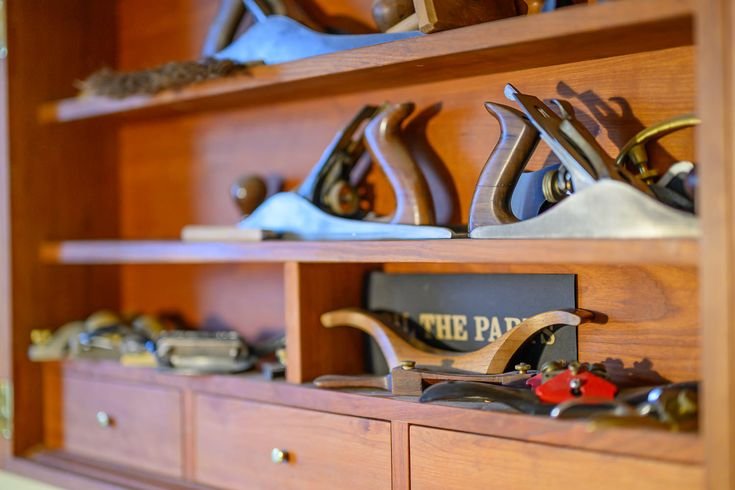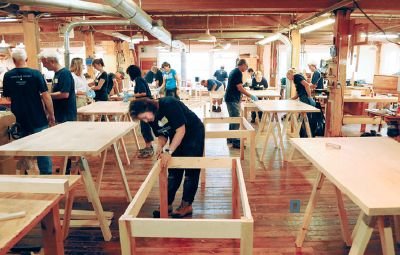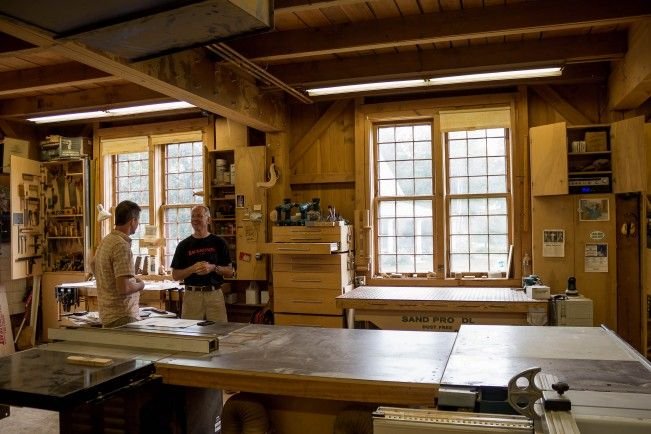A Little Chat About Japanese Woodworkers
You know, I was sitting on my back porch last weekend, sipping some really good coffee and just enjoying the fresh air when I started thinking about this little passion of mine—woodworking. I’ve been at it for years, trying to pick up tips, tricks, and plenty of mistakes along the way. And one of the things that really intrigues me is Japanese woodworking. Have you ever come across it? It’s like they’ve got this whole philosophy wrapped up in creating beautiful things with wood. But let me tell you, it’s not as easy as they make it look.
The Moment I Decided to Dive In
So, I remember this one day—I can almost smell the freshly cut cedar—when I saw a Japanese joinery video online. You know the ones, where the woodworkers gracefully shape and fit pieces together without a single nail? I was mesmerized. I thought, “I can totally do that.” Cue the delusions of grandeur.
I trotted down to the local hardware store, picked up a few lengths of cedar, and grabbed myself some tools. Now, if you haven’t used a Japanese saw, let me just say—it’s a whole different ball game. They’re pull saws, which means instead of pushing like we do with our Western saws, you pull them toward you. At first, I was all thumbs and missed the mark more times than I’d like to admit. I almost gave up when I made this awkward cut that ended up being a good quarter-inch off. I remember sitting there with my coffee, just staring at the mess I’d made, wondering why I foolishly thought I could channel my inner master craftsman.
A Bunch of Oops Moments
Eventually, after a few misadventures and extreme amounts of cursing under my breath, something clicked. It was almost like when you’re trying to learn a new song on guitar and your fingers finally find their way to the right chords. I was trying to create a simple joint—nothing complex, just a mortise-and-tenon. But there I was, lost in a sea of wood shavings, wondering how the hell my fingers were gonna make this work.
That’s when I remembered the advice I once got from an older gentleman at the lumberyard. He had said something like, “Every cut is an expression of yourself, so don’t rush.” I couldn’t help but laugh in that frustrating moment because how in the world was I expressing anything other than sheer confusion and chaos? But I took a deep breath and tried to channel that wisdom. I went back to it, and to be honest, the sound of that saw slicing through wood became almost therapeutic. There’s something about the rhythm—and the smell of sawdust—that calms a busy mind, you know?
Finding the Right Tools
Once I got my footing, I started to figure out that it wasn’t just the techniques that mattered, but the tools too. I picked up this sweet Japanese chisel from a small shop online called Lee Valley. That thing is sharp as a tack! When I first unwrapped it, the light gleamed off the blade like something out of a movie. I hardly wanted to touch it because I was so afraid of damaging it.
But when I finally did, boy did it change the game. I spent one Saturday afternoon just refining edges and trying to get a feel for the chisel. The clink of steel against wood and that satisfying slice as I worked my way through the grain? Pure magic. I think I even lost track of time and forgot to eat lunch.
But, of course, with every delightful moment comes a mishap. I was getting a little too confident and thought I could go fast with it. I slipped and nearly took a chunk out of my workbench. If you could’ve seen my face—shock, horror, and then a hearty laugh that bubbled up. I’m pretty sure the neighbors heard me.
A Lesson in Patience
You know, each of these experiences taught me a lesson, often in the most unexpected ways. I learned that patience is key, and perfection is overrated. I mean, sure, the Japanese artists can create these flawless pieces, but their culture emphasizes the beauty of imperfection, too—wabi-sabi, right? I say that, but it doesn’t mean I didn’t fuss over every slight imperfection in my work.
There was this one project—a small tabletop I was crafting for my mom. I spent weeks on it, obsessing over every detail. But on the day I was about to stain it, I saw this tiny little dent I had completely missed. I almost tossed it aside, thinking it was ruined. But, after a second thought, I realized it added character. It wasn’t just a table; it was part of my story and hers.
The Takeaway
So, if you’re thinking about trying your hand at woodworking, or even Japanese techniques, just go for it. Seriously. Start small, and don’t be afraid to mess up. Those “oops” moments? They’ll teach you more than you can imagine. And who knows, you might just find a lost sense of peace in the rhythm of working with wood.
Trust me, there will be moments when you think you’re just wasting time, but in the end, you’re crafting not just with wood but also with memories. It’s a beautiful experience, one that’s worth every miscalculated slice.
So, next time you’re sitting with a cup of coffee, remember: every master was once a disaster. Keep building, my friend.

